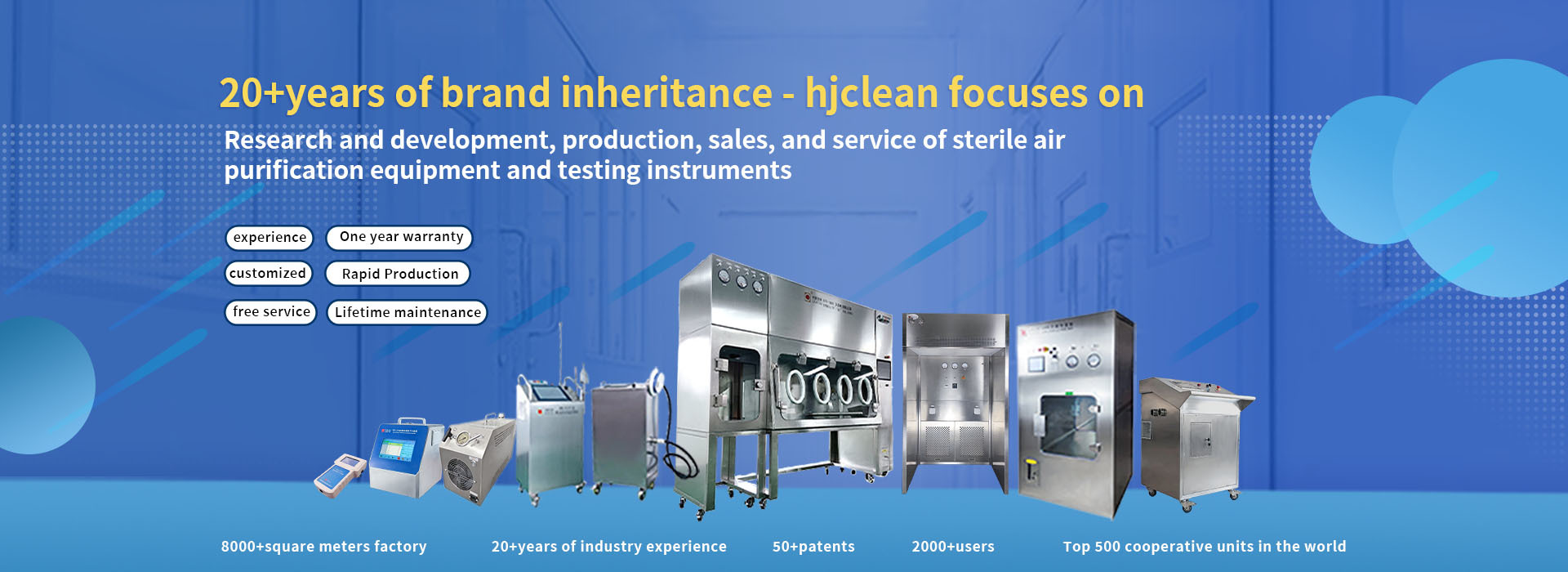Safety isolation equipment
Disinfection and sterilization equipment
Air purification equipment
Online monitoring system


The strong R&D capability
01

Multifunctional production equipment
02

Professional technical services
03

strong sales business team
04







Focusing on clean room projects and the R&D of detecting instruments and purifying equipment.
SUZHOU HJCLEAN TECH CO., LTD was established in 2004 in Suzhou, liangsu Province, The company's headquarters is located in Suzhou industrial Park, and production bases have been established in Suzhou and jingjiang. Branches are set up in Wuhan, chengdu, Xi'an, jinan and Shenyang across the country,The company has been focusing on the research, development, production, sales and customized services of aseptic ultra-clean equipment, testing instruments and cleanroom engineering.It mainly produce equipments and instruments of clean room deals in business of clean room projects for pharmaceutical factory, laboratory, medical organization etc...The company has more than 50 patents products, 1s09001 certification and CE certification.
The company is a member of china clean room association and is one of jiangsu Engineering TechnologyResearch Center, We are in a leading position in the field of clean room.The company's products including sterility isolator, negative pressure isolator ,vhp pass box,yhpgenerator, atomized sterilizer , bag in bag out filter system , suspended particle online monitoringsystem, airborne particle counter, air sampler, airborne bacterial counter, air flow capture hood aerosol generator and photometer, glove integrity tester, dispensing booth, laminar air fow hood,purified cart trolley, laminar air flow cabinet , biosafety cabinet, static pass box, dynamic pass box, air shower etc have been sold to countries around the world from the establishment to the present.The company boasts a professional team comprising R&D specialists, design engineers, and seasoned technicians, supported by state-of-the-art testing equipment and precision manufacturing systems. With lean management systems aligned with ISO standards, we deliver products that excel in both premium quality and exceptional cost-effectiveness.
Guided by our core tenets of Customer-First Philosophy, Technological Leadership, Service Excellenceand Pioneering Innovation, we are dedicated to delivering integrity-driven partnerships for aloballybenchmarked enterprises.


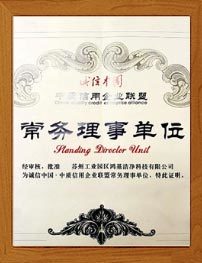
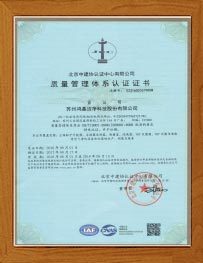
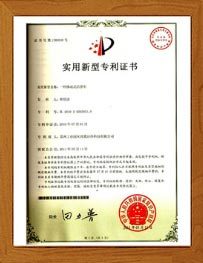
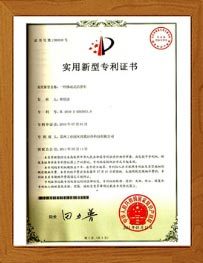
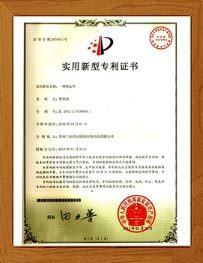
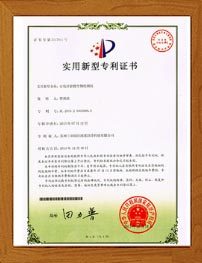
2022-03-26
2022-03-26
2022-03-26
2022-03-26

A clean room refers to a space with good airtightness that controls air cleanliness, temperature, humidity, pressure, noise and other parameters as needed psb (15) Cleanroom Classification According to the flow state of airflow According to the flow state of the airflow, there are mainly the following three types of clean rooms with airflow distribution [1] (1) Non-unidirectional flow clean room: It is often called a turbulent clean room before, and the airflow in the room does not all flow in a single direction. Non-unidirectional flow clean rooms have several common characteristics: the terminal filter (high efficiency or sub-efficiency) is as close as possible to the clean room, it can be the air supply port or directly connected to the air supply port, or it can be connected to the air supply static plenum in the room. ; The return air outlets are located in the lower part of the clean room, in order to avoid the phenomenon of "ashing". There are eddy currents in non-unidirectional flow clean rooms, which are not suitable for clean rooms with high cleanliness, but should be used in clean rooms of class 6 to 9. (2) One-way flow clean room: The air flow of one-way flow clean room is characterized by parallel streamlines, flowing in a single direction, and uniform wind speed on the cross section. There are vertical one-way clean rooms, quasi-vertical one-way flow, and horizontal one-way flow. Convective clean room, etc. (3) Vector clean room: air is supplied at the upper corner of the room, using a fan-shaped high-efficiency filter, or an ordinary high-efficiency filter with a fan-shaped air outlet, and a return air outlet in the lower part of the other side, the height of the room is higher than normal It is appropriate to be between 0.5 and 1. This clean room can also achieve Class 5 (Class 100) cleanliness. The flow pattern of the clean room is basically the above three types, but many forms can be evolved in practical applications. The clean room can be a mixed flow pattern combining unidirectional flow and non-unidirectional flow to achieve a high level of clean room in a localized area (unidirectional flow section). For example, a "tunnel" (one side is open) with horizontal unidirectional flow is set up in the clean room, and the rest of the clean room is a unidirectional flow pattern of eddy current, so that the "tunnel" part can achieve a cleanliness level of 5 or higher, and the workbench Right in the "tunnel". By properties of controlled particles (1) Industrial clean room: a clean room in which the controlled particles are non-biological particles such as dust. (2) Biological clean room: a clean room in which the controlled particles are biological particles.

Glove box is a closed system with inert gas protection and ultra-low leakage rate. It is widely used in new energy, lithium battery, vacuum deposition, laser welding, nuclear industry, laboratory and other industries. In terms of operation forms, there are single sided and double sided operation forms; From a structural perspective, there are integrated and split types; From a functional perspective, there are automatic control of gas pressure, automatic control of water and oxygen content, and automatic regeneration and reduction of purification columns; It has functions such as three-level user management, security prompts, judge and alarm, data storage, audit trail, and electronic signature. This device can be connected and integrated with different devices and accessories to achieve various process requirements.

FH series fume hood is a special safety ventilation equipment that generates negative pressure and prevents the diffusion of toxic gases into the indoor background.It is equipped with an exhaust system,electromagnetic door interlocking system,aclosed system,a dedicated HMI(Human Machine Interface) and a cleaning and disinfection system.Widely used in pharmaceutical, medical, health, animal experiments, biosafety testing, laboratory and other places of ventilation and negative pressure protection.
